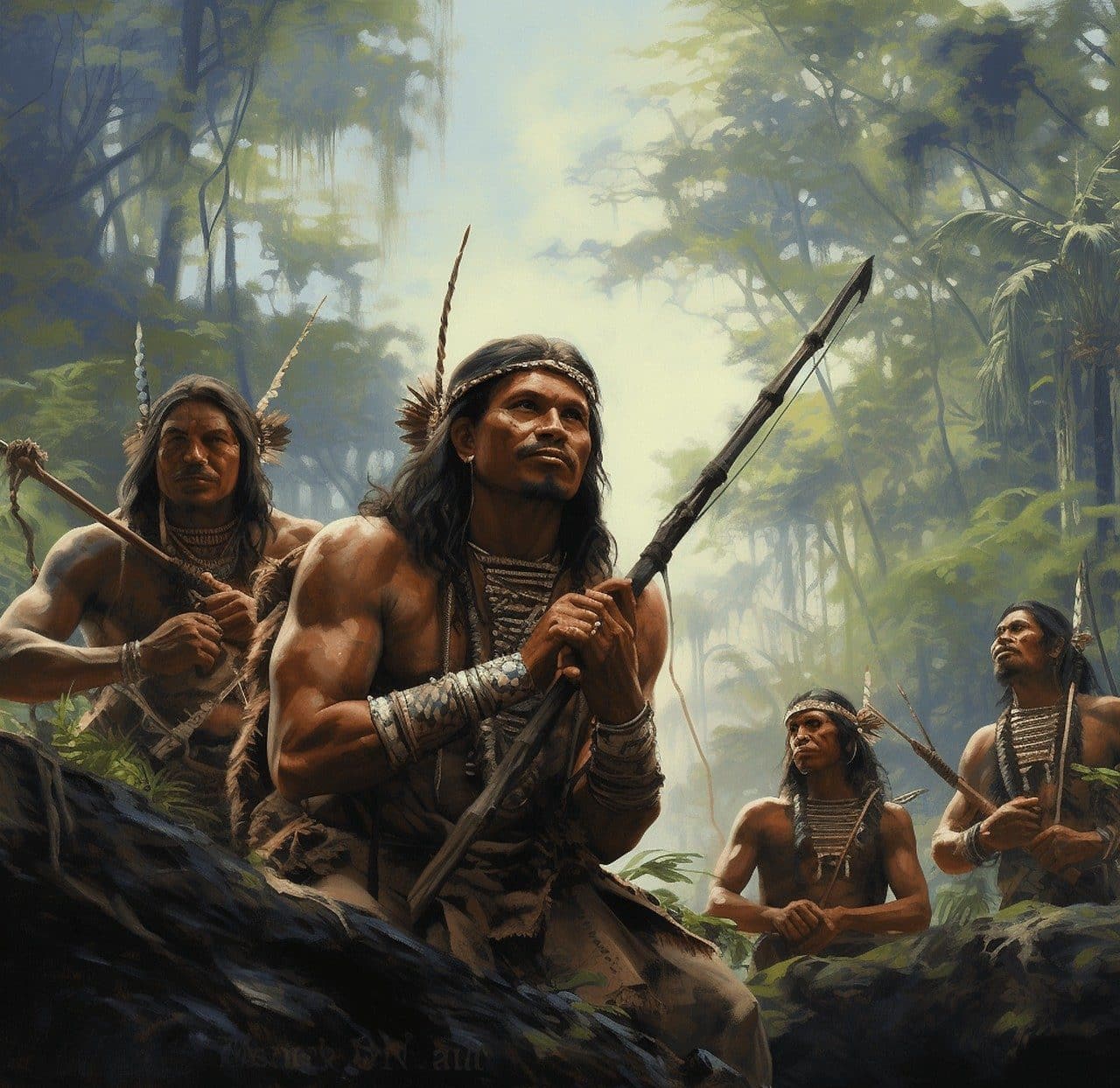
The Taínos were an aboriginal people of the American continent.
Taíno is the name of the aboriginal people who resided in the Antilles and the Bahamas when the expedition led by Christopher Columbus arrived on the American continent. Historians claim that the Tainos came to the region from South America , traveling between islands and assimilating or conquering the peoples who were already in the area.
The Taínos are part of the group of Amerindians , Indo-Americans or Native Americans , which is the name given to those populations originating from the American territory.
The Taíno society
When Columbus arrived in America , the island of Santo Domingo (also known as Hispaniola ) was divided into five chiefdoms. In this way, five chiefs managed these lands and received tributes from the rest of the Taínos.
The Taíno society had bohiques , nitaínos and naborias , as well as caciques . These were the social strata into which the population was divided according to their origins and functions.
The Taínos were monotheistic and animistic . Regarding their economy, they grew cassava ( mandioca ), peanuts ( peanut ), tobacco , cotton and corn ; they hunted birds and rodents; and they developed fishing .

When Christopher Columbus arrived in America, he encountered the Tainos.
Its extinction
Currently it is considered that the Taíno people are extinct. The diseases brought by the Europeans caused the population to decrease in large numbers.
Those who survived, for their part, moved away from their usual place of residence. Miscegenation and acculturation ended the existence of the Tainos as such.
The Taíno language
It is important to know that the Taíno language exists, which, as you might imagine, is an indigenous language that was spoken in the Antilles during the Spanish conquest although it has now disappeared.
According to the studies that have been preserved from that time, carried out by such important figures as the Spanish philologist and friar Bartolomé de las Casas , there were two variants of said language. On the one hand, there was Western Taíno , which was spoken in the southwestern area of Hispaniola and in much of Cuba , and, on the other hand, there was Classical Taíno . This was the one that predominated in the rest of the aforementioned Hispaniola , in eastern Cuba and in Puerto Rico , fundamentally.
It should be noted that several Spanish words, such as batata , canoe , hammock and piragua , come from the Taíno language , which was part of the Macro-Arahuacan family.
Other interesting information about this town
In addition to everything stated above, we cannot ignore other relevant data about the Taíno culture such as the following:
- Its citizens were great sculptors, having left us the most interesting works such as various idols.
- Physically, it is said that their men and women were short, had copper skin, had very thick lips and their faces were wide. All of this without overlooking their black hair, their marked cheekbones and which were practically naked, except for some small skirts that they were wearing.
- The chief , who we have mentioned previously, was a man who, among many other things, was distinguished by having a gold disc on his chest.
- One of the most unique customs that the Taíno culture had consisted of undertaking the artificial deformation of the skull using palm boards.
